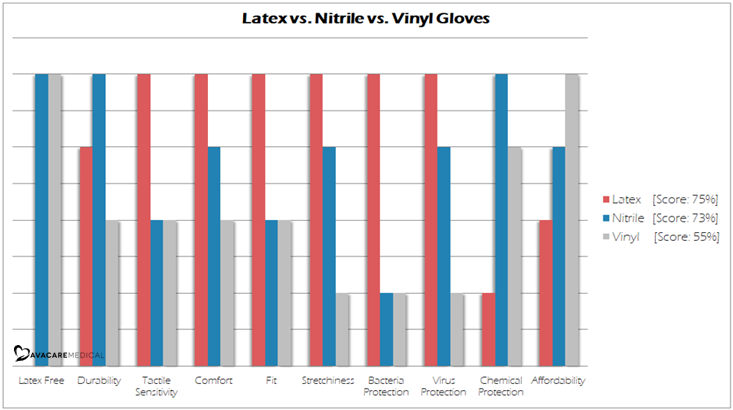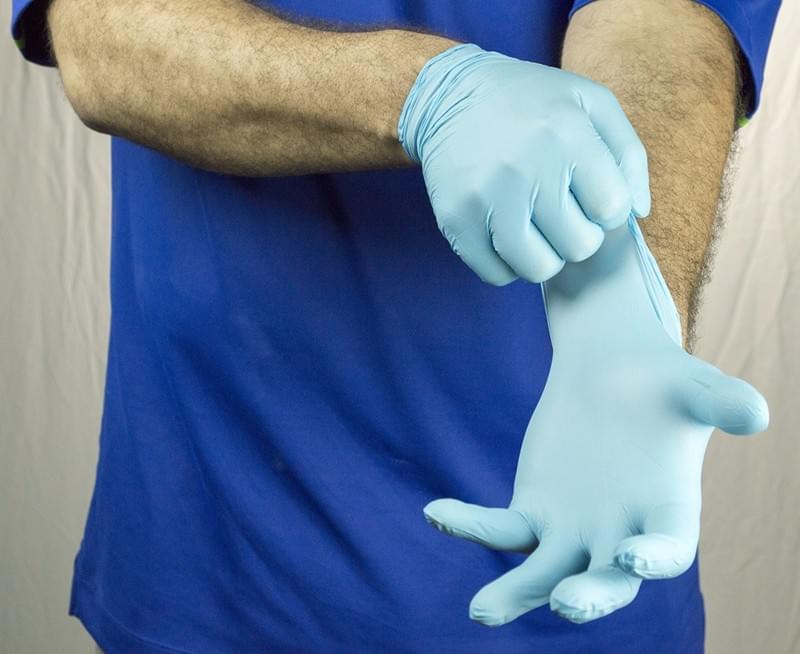In the case of hiv where the patient has a weakened immune system gloves protect the transmission of any pathogens from the worker to the patient receiving care.
Do vinyl gloves protect against hiv.
Exam gloves protect healthcare workers against potentially infectious materials such as blood and body fluids or harsh chemicals.
Latex allergies are becoming common with prolonged use of latex gloves and the use of nitrile or vinyl gloves is recommended to avoid becoming sensitised.
Traditional vinyl gloves have a tensile strength of about 11 mpa and are.
The level of protection comfort durability and more all vary between the types of gloves which include latex gloves nitrile gloves and vinyl gloves.
Vinyl is also not very form fitting compared to latex or nitrile giving the wearer limited dexterity and a higher chance that the glove with catch and tear.
Human immunodeficiency virus hiv hiv is one of the most well known bloodborne pathogens.
With so many choices the decision can get overwhelming so let s break it down and get an idea of why there are so many different types to begin with.
The drawbacks of vinyl are it offers little protection from chemicals and micro organisms but makes these gloves perfect for handling non hazardous materials and chemicals.
Skin on its own does provide some protection against exposure to infection or disease but our natural defenses may not be enough.
One type of vinyl and seven types of latex gloves without visual defects were tested with respect to their barrier function against high concentrations of three viruses of varying size.
They will not conform to the above standards especially for tear resistance and are not fit for the purpose of protection against exposure to blood borne viruses.
This article explains the food safety implications of vinyl gloves and their potential adverse effects on both human and environmental health with food safe and cost effective alternatives.
More than 200types of gloves are available on the market with an overwhelming choice of materials design and cost.
3 recently new glove challenges have arisen with theemergence of latex.
The protection offered by a glove referred to as its barrier effectiveness is the ability of the glove to withstand viral penetration.
Herpes simplex virus type 1 hsv 1 180 nm human immunodeficiency virus type 1 hiv 1 100 nm and echovirus type 9 echo 9 25 nm.
Today we ll take a look at some of the most common bloodborne pathogens that quality disposable nitrile and latex gloves can protect against.





























